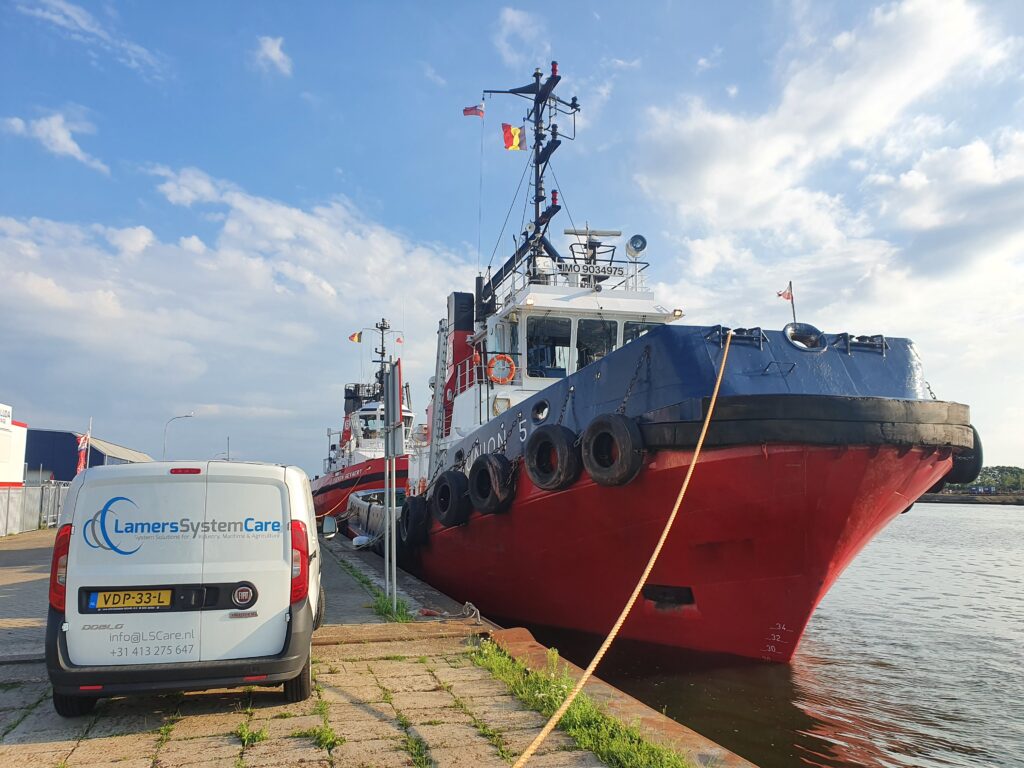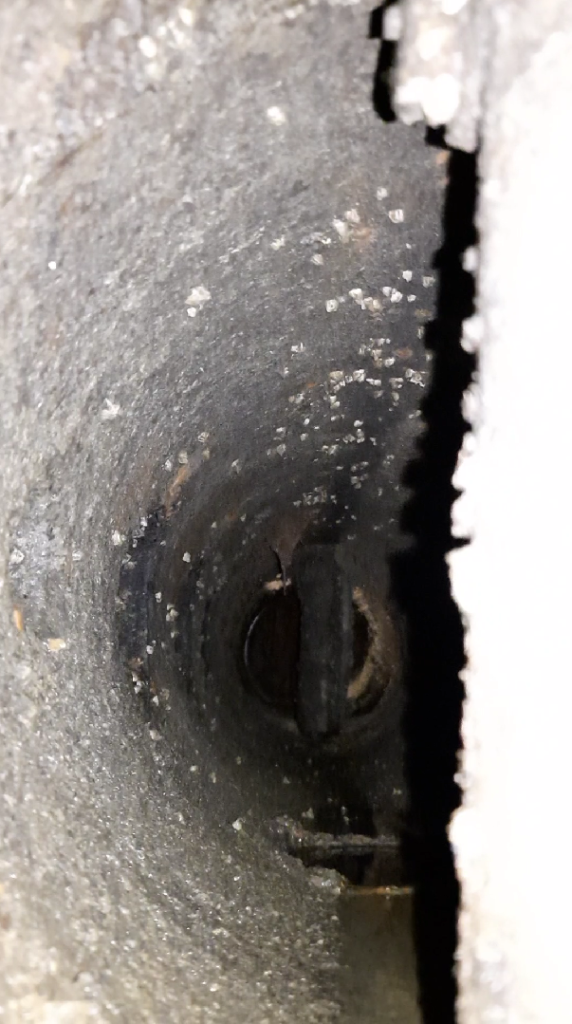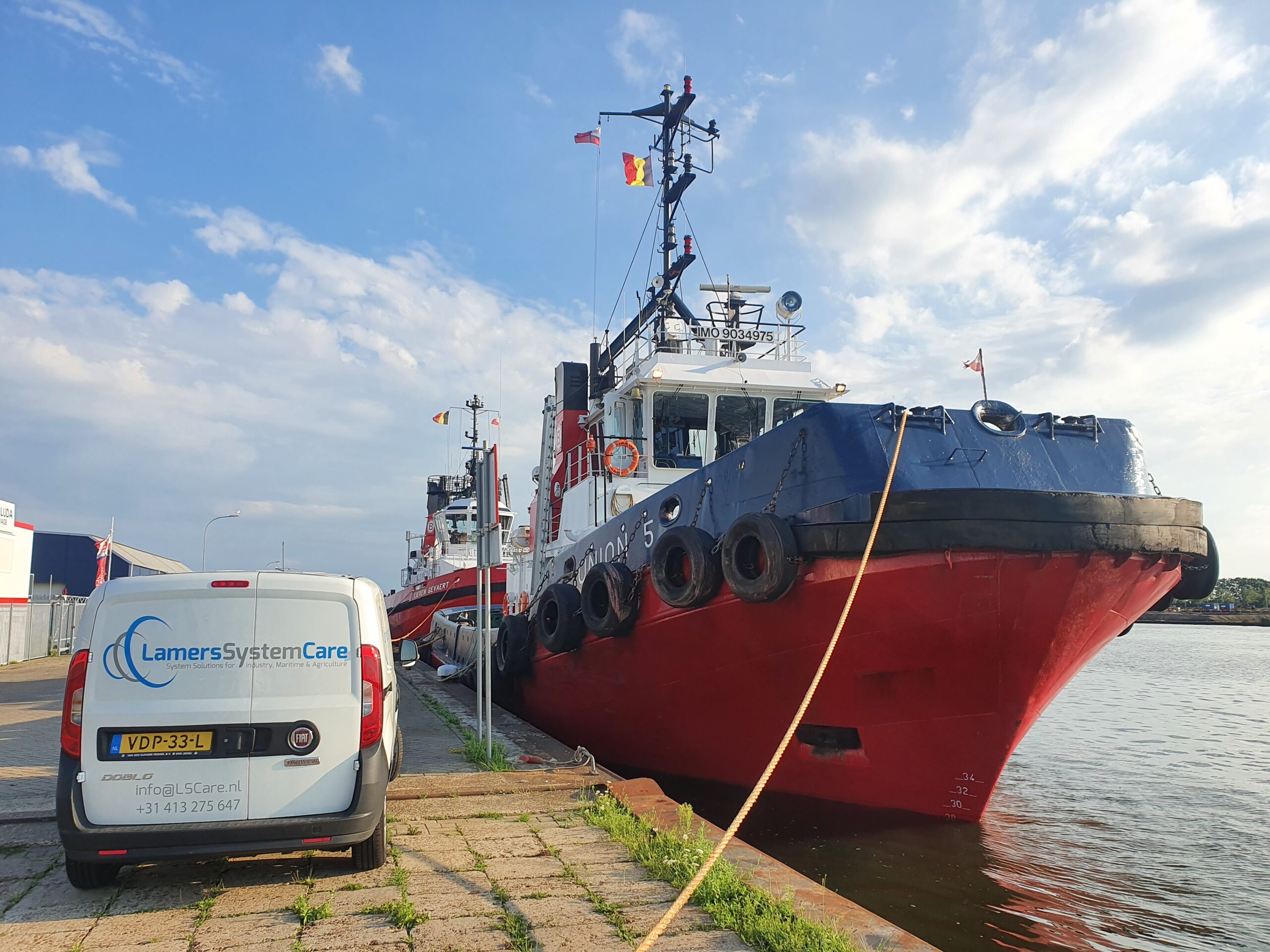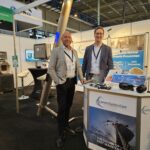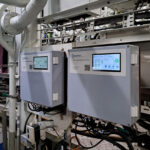Seawater plays an essential role as a medium to enable various technical functions of a ship to operate efficiently. From cooling engines to deck washing and operating the fire suppression system (Fifi); a constant supply of seawater is a must on board. Unfortunately, seawater for technical installations contains various impurities that must be filtered out. The filtration process has multiple phases and each phase removes different types of impurities.
The sea strainer (also called strainer or filter), consisting of a housing with a mesh basket inside, prevents larger objects from entering the system. To ensure that the seawater intake system can operate at maximum capacity, water must be able to flow through without resistance. In the sea strainer and crossover, microscopic organisms can settle forming biofouling which subsequently restricts volume flow. The current commonly used method to address this problem is installing copper anodes in the sea strainer(s). This should combat fouling in both the sea strainer(s) and the subsequent piping (crossover, valves, pumps, etc.).
Although they are currently the standard, copper anodes are far from perfect. Disadvantages include short lifespan, additional electrical currents, and copper contamination. In 1999, the ‘Board for the Authorization of Plant Protection Products and Biocides’ advocated for a ban on copper-containing antifouling applications on recreational vessels, due to unacceptable environmental impact.
Initially, they succeeded in banning copper-containing antifouling for recreational vessels. Unfortunately, this decision was later reversed due to protests from coating manufacturers. Largely because no alternatives were available. Fortunately, this has changed and alternatives for antifouling for filters, crossovers, and other applications are increasingly being accepted. Including the Ultrasonic Antifouling system.
The image shows the inside of a crossover equipped with an Ultrasonic Antifouling system. The photo was taken after nine months while the tugboat was in active use. With these kinds of results, it is clear that polluting water with copper alloy anodes can be a thing of the past. Sustainable and environmentally conscious through the application of Ultrasonic Antifouling technology.
